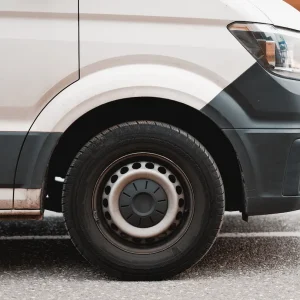E.ON and Nissan have installed 20 vehicle-to-grid (V2G) chargers as part of a trial of the technology.
The chargers have been installed at Nissan’s European Technology Centre in Cranfield.
It is the first installation as part of a large-scale trial, co-funded by Innovate UK, designed to test and demonstrate how storing and sharing electricity in fleet vehicles’ batteries can generate additional revenue for participating companies as well as supporting the power grid.
Further participants are now being sought for the trial, with the aim of deploying V2G chargers across the UK.
The V2G package for participants will be offered at a heavily subsidised price through grant funding.
V2G technology allows electricity to flow in both directions to and from EV batteries, allowing energy stored in the battery to be sold back to the grid when demand for power is high.
Vehicles can then charge when demand is lower or renewable energy generation is high, reducing reliance on power from fossil fuels.
The technology could also be used to release capacity on the electricity networks which distribute power around the country.
The Nissan e-NV200 van is compatible with V2G, as is the firm’s Leaf passenger car.
E.ON UK V2G programme manager Luke Ellis said: “Now that we’ve proven the technology’s capabilities with these 20 installs, we’re a step closer to bringing it to market.
“This is about commercialising a vehicle’s bi-directional charging capabilities, with clear advantages for businesses either already with a fleet of electric vehicles or those that are ready to make the transition to electric, and demonstrates how E.ON is providing solutions for customers that will help make the air cleaner.
“Operating an electric fleet means already contributing to the net zero emissions target and saving money through local clean air zone exemptions; integrating your fleet with V2G technology brings greater cost savings and the chance to earn extra revenue.
“Fleet vehicles which sit idle overnight, or even during the working day, could see their batteries charged when demand is low, with the energy exported when demand is high, but still be charged and ready for use when required.”





